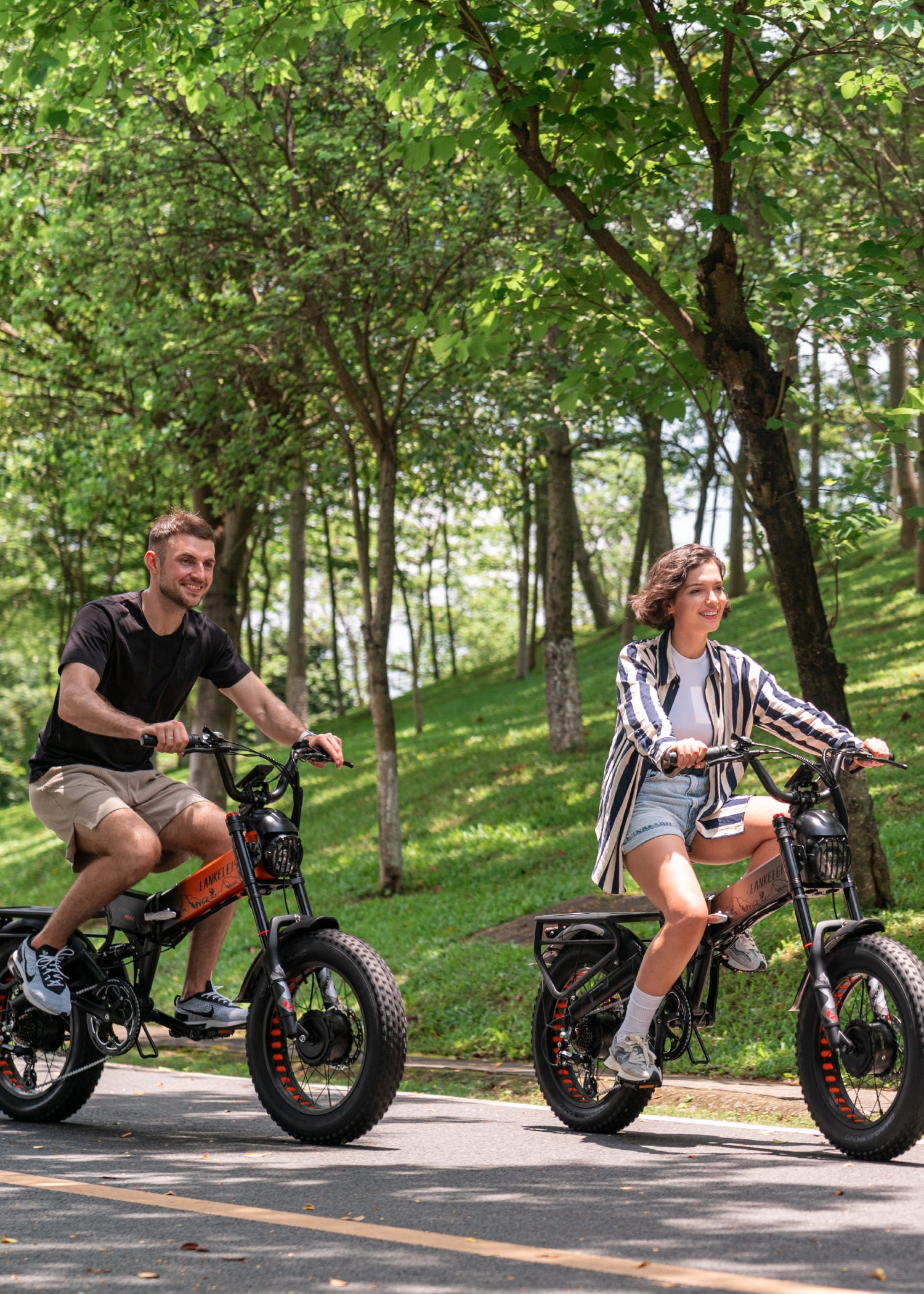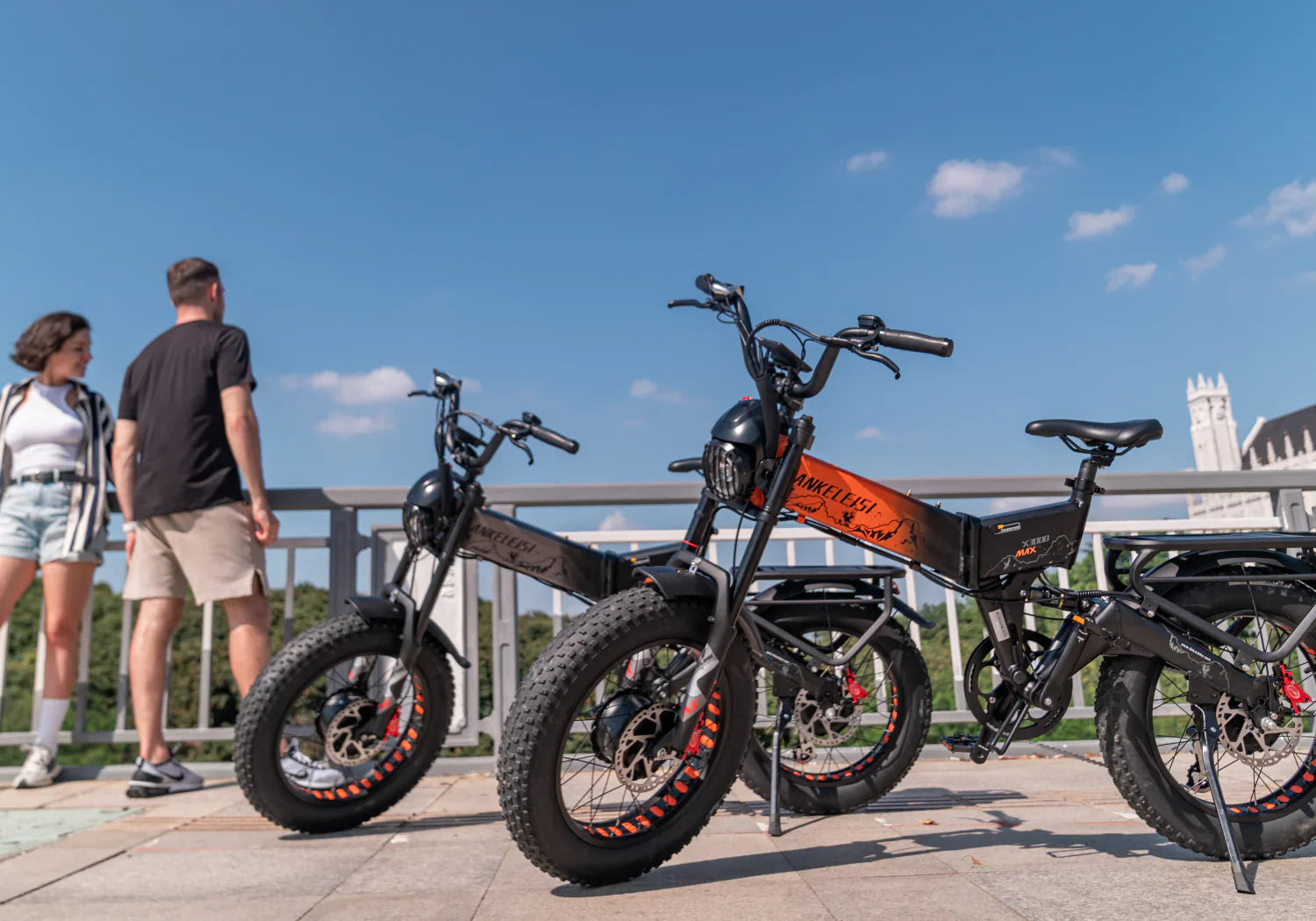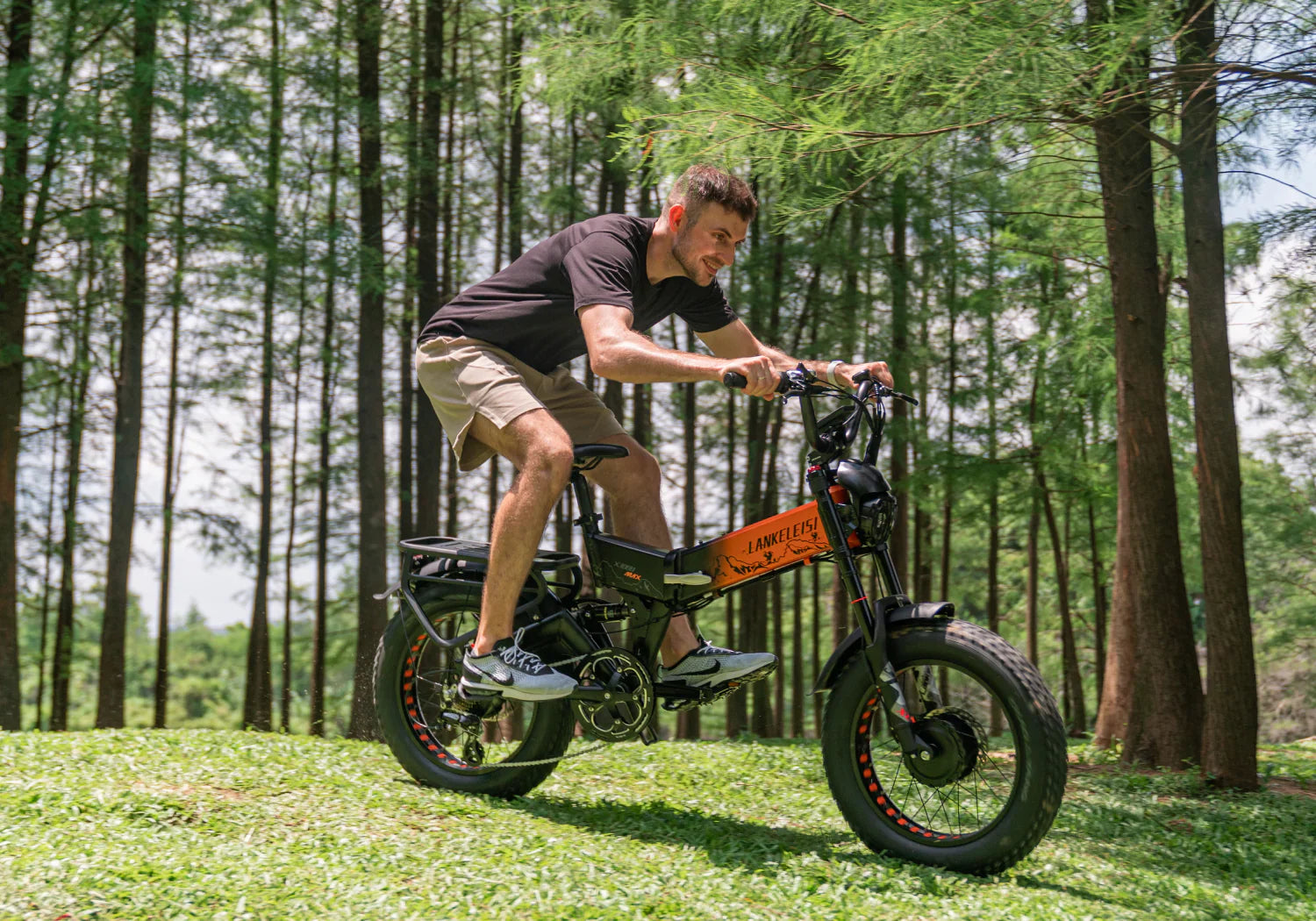Electric bikes have become the preferred mode of transportation for many people due to their practicality and environmental friendliness. But their range depends entirely on one key factor: charging time. So, how long does it take to charge an electric bike battery? This depends on many factors, such as battery capacity, ambient temperature, charger type, battery discharge level, and more.
In this article, you can learn how long does it take to charge an electric bike? Why do these factors affect electric bike charging? This will help you provide a better travel experience.
Factors influencing the charging time of an electric bike battery
The recharge time of an electric bicycle battery varies considerably depending on several technical and environmental parameters.
Understanding these factors allows you to optimize your charging routine, preserve battery life, and avoid unpleasant surprises during your commute. Here's a detailed breakdown of the key elements to consider.

Battery capacity
The battery capacity, expressed in Watt-hours (Wh) or Ampere-hours (Ah), is the first determining criterion. The higher the capacity, the longer the recharge time. For example:
A 500 Wh battery (typical for a city bike) requires approximately 5 hours with a 4A charger.
A 750 Wh battery (common on electric mountain bikes ) can take 7 to 8 hours under the same conditions.
High-end models (e.g. 1000 to 2000 Wh) used for long journeys easily reach 10 to 20 hours with a standard charger.
Simplified mathematical relationship:
Charging time (hours) = Capacity (Wh) / (Voltage (V) × Amperage (A))
Example: For a 48V 750 Wh battery with a 4A charger → 750 / (48 × 4) ≈ 3.9 hours.
The power of the charger
The power of the bike charger directly influences the charging speed. Standard chargers (2-3A) are economical but slow, while fast chargers (4-6A) cut the time in half.
Over time, lithium-ion batteries lose their efficiency. After 500 charge cycles (approximately 2-3 years of regular use), a loss of 10 to 20% capacity is normal. This translates to:
Longer charge time to reach 100%. Reduced battery life, even after a full charge.
Room temperature
The ideal temperature for recharging a battery is between 15°C and 25°C. Outside this range, performance is affected:
Below 0°C: Risk of crystallization of components, extending recharging time.
Above 40°C: Overheating accelerates chemical degradation.
Best practices:
In winter, store the battery indoors before recharging.
In summer, avoid leaving the bike in direct sunlight while charging.
Battery discharge level
A 0% battery may take 6 hours to reach 100%.
The same battery at 20% will only take 4.5 hours.
Why avoid full discharges?
Deep discharges stress lithium-ion cells, reducing their lifespan. LANKELEISI recommends recharging as soon as the level drops below 20%.

Summary of good practices
- Choose a compatible fast charger to save time.
- Recharge in a temperate environment and avoid extremes.
- Monitor the battery health and replace it after 800-1000 cycles.
These tips will help you maximize your battery's efficiency while preserving its long-term battery life.
Charging time according to different types of electric bikes
The charging time of an electric bike depends not only on the battery, but also on the type of bike and its use. From urban models to high-end mountain bikes, battery capacity varies, directly influencing charging time. Find out how to estimate this time based on your bike and optimize your daily charging.
Classic electric bikes
Conventional electric bikes (city, trekking) typically use 400-500 Wh batteries. With a standard 2-3A charger, a full charge takes 4-7 hours.
Specific calculation example:
A 500 Wh (36V) battery with a 3A charger:
Time = 500 Wh / (36V × 3A) ≈ 4.6 hours.
With a 4A fast charger: ~3.5 hours.
High-performance electric bikes
Designed for mountain biking or long distances, these bikes have batteries from 600 Wh to 1000 Wh. They take longer to recharge, but fast chargers (5-6A) can compensate.
Specific calculation example:
A 750 Wh (48V) battery with standard 3A charger:
750 / (48 × 3) ≈ 5.2 hours.
With a 6A fast charger: ~2.6 hours.
Compact electric bikes
Ideal for city riding or short trips, these bikes use 250 to 400 Wh batteries. Their recharge time is significantly shorter, often compatible with a coffee break.
Specific calculation example:
300 Wh battery (36V) with 3A charger:
300 / (36 × 3) ≈ 2.8 hours.
By choosing habits that are suited to your bike, you balance comfort of use and battery preservation.
How to reduce recharge time?
Reducing the charging time of your e-bike battery gives you more flexibility and convenience, especially if you use your bike daily.
Achieving this requires a combination of the right equipment, good habits, and optimal charging conditions. Here are some concrete, proven strategies.
Use a compatible high-power charger
A high-power charger (4A to 6A) can halve the charging time compared to a standard charger (2A). For example:
A 500 Wh (36V) battery will take ~3.5 hours with a 4A charger, compared to ~7 hours with a 2A.
⚠️ Precautions:
Check the voltage (V) and the maximum amperage supported by your battery (indicated on the label or manual).
Avoid uncertified chargers: they may overheat the battery.
Avoid complete discharges
Recharging your battery as soon as it reaches 20-30% charge is much more efficient than letting it drop to 0%. Here's why:
Less stress on cells: Deep discharges accelerate the chemical degradation of lithium-ion batteries.
Time saving: A 20% battery recharges 30% faster than a completely discharged battery.
Optimize charging conditions
Temperature and environment greatly influence the charging speed.
1. Recharge in a temperate environment (15-25°C):
Below 10°C, the internal resistance of the battery increases, extending the charge by 20 to 30%.
Above 30°C, the thermal management system may voluntarily slow down charging to avoid overheating.
2. Turn off the bike while charging:
Some models continue to power the screen or GPS in standby mode, which consumes power and extends the total duration.
Additional best practices:
Store the battery indoors in winter before recharging.
Use a fan in summer if the room temperature exceeds 25°C.
These methods will help you tailor your routine to your needs, without sacrificing battery life.
Impact of charging on battery life
How you charge your e-bike battery directly affects its longevity and performance. Poorly managed charging cycles or aggressive charging methods can reduce its capacity by 20 to 30% in just a few years. Here's a breakdown of the technical mechanisms and best practices to adopt.

Charging cycles and best practices
A charge cycle is the complete use of the battery capacity, from 100% to 0%, then a recharge to 100%. However, partial cycles add up:
Example: Charging a battery from 50% to 100% twice is equivalent to 1 complete cycle.
Number of cycles before degradation:
Standard Li-ion batteries: 500 to 800 cycles (or 2 to 4 years of daily use).
LiFePO4 batteries (high endurance): 1,000 to 2,000 cycles.
Best practices for maximizing cycles:
Avoid complete discharges (recharge from 20-30%).
Do not leave the battery connected after 100% (risk of passive overcharging).
Store it at 50% charge if not used for more than a month.
Risks of overcharging or fast charging
1. Overload:
Even though modern batteries incorporate a BMS (battery management system), prolonged exposure to full charging (e.g., leaving them plugged in overnight) accelerates cell oxidation. Result:
Loss of 3 to 5% capacity per year according to Battery University . Battery swelling in extreme cases.
2. Fast charging (4-6A):
High power charging generates excessive heat, the main enemy of Li-ion cells.
A study by Nature Energy (2020) shows that daily fast charging reduces lifespan by 15-20% over 300 cycles.
By applying these principles, you will preserve the autonomy and reliability of your battery over the long term.
Concrete example of charging time
Now let's look at some specific examples of charging times for different LANKELEISI e-bike models:
Example 1: X3000 MAX folding electric bike
The battery capacity is 960 Wh
Charge from 0% to 100% in 6-7 hours with LANKELEISI original charger
Range: 130 km in pedal-assisted mode; 70 km in purely electric mode
Example 2: XT750 PLUS Fat Tire Electric Bike
The battery capacity is 840 Wh
It takes 5-6 hours to fully charge using LANKELEISI original charger
Range: 120 km in assisted mode; 60 km in purely electric mode
Example 3: XT750 SPORTS electric bike
48V 3A battery with a capacity of 614Wh
Using LANKELEISI original charger, it can be fully charged in 4-5 hours
Range: 45 to 110 km (27 to 68 miles)
Conclusion
Mastering these elements will not only allow you to optimize the time spent charging your bike, but also double the average lifespan of your battery. Taking simple measures, like avoiding routinely charging to 100% or storing the battery in a dry place, can make a big difference.
If you're looking for a high-performance electric bike with a long range, head to lankeleisi.fr.







